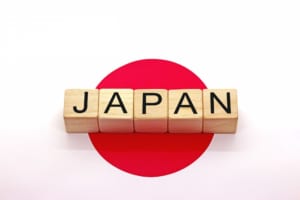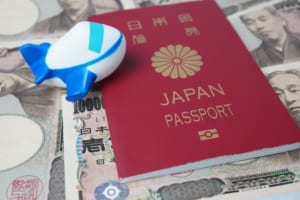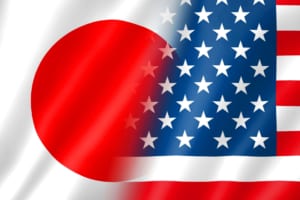What is a Japanese School Day like?
Going to School in Japan

Have you ever wondered about what a school day looks like in Japan? In this article, we will explore what a typical day might be for a Japanese middle school and high school student. We will learn about what Japanese students study, what they eat for lunch, and when they get their holidays. Many things may sound familiar. But you might find other things surprising – like school on Saturdays or cleaning duty. Let’s begin our day!
Subjects Taught and Learned in Japanese Schools
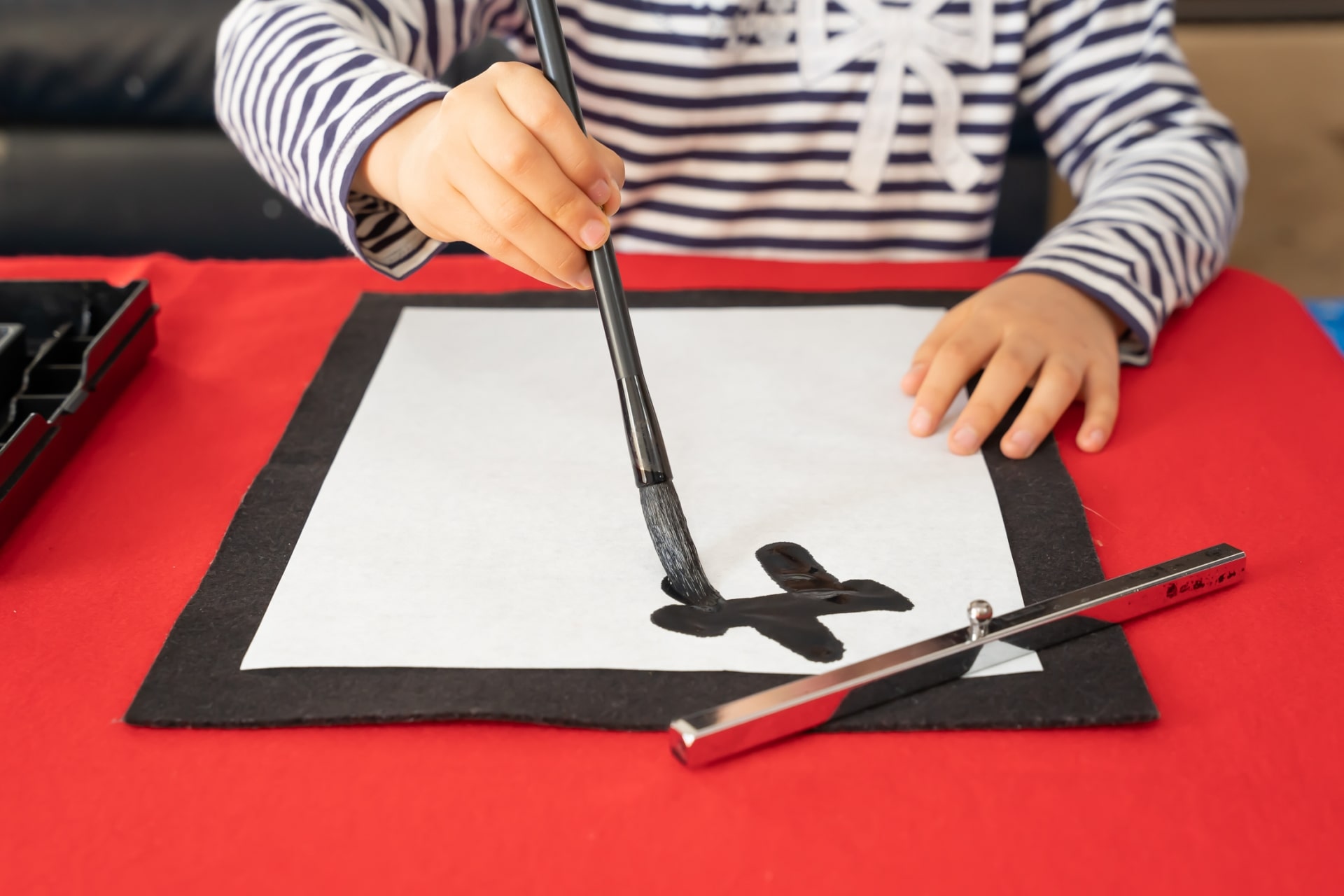
Most subjects taught in Japanese schools are similar to those in the rest of the world: mathematics, science, social studies, language arts, music, and physical education. English, as the language of global economics, and computing technology have increasingly crept into the curriculum as well. More uniquely, students will learn Japanese arts and crafts, such as calligraphy and haiku. It is also typical for students to study home economics to learn basic cooking and sewing skills.
Getting to School: Early Independence
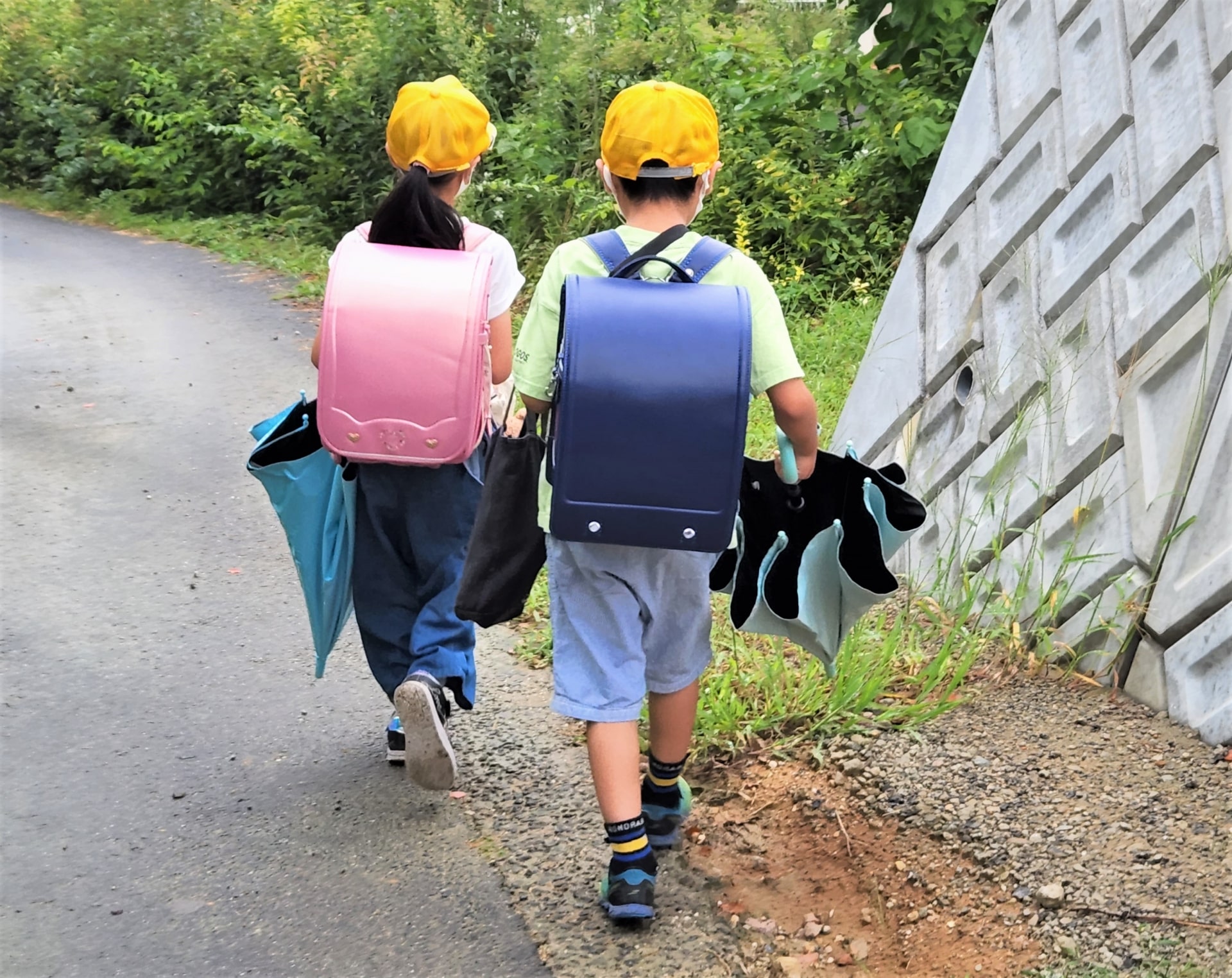
One of the most striking things about Japanese society is how safe it is. Visitors and foreigners never fail to notice students as young as 6 years old walking to school alone. Indeed, students continue commuting to school by themselves throughout middle and high school. Safety is only part of it. Japan’s efficient and reliable public transportation enables students to do this. Most people take advantage of this and prefer not to drive, which would cost more, possibly take longer, and be less convenient due to limited parking options. Because of this, most students who do not live within walking or cycling distance of their school will commute by train or bus, often together.
Starting the School Day with a Fresh Pair of Shoes
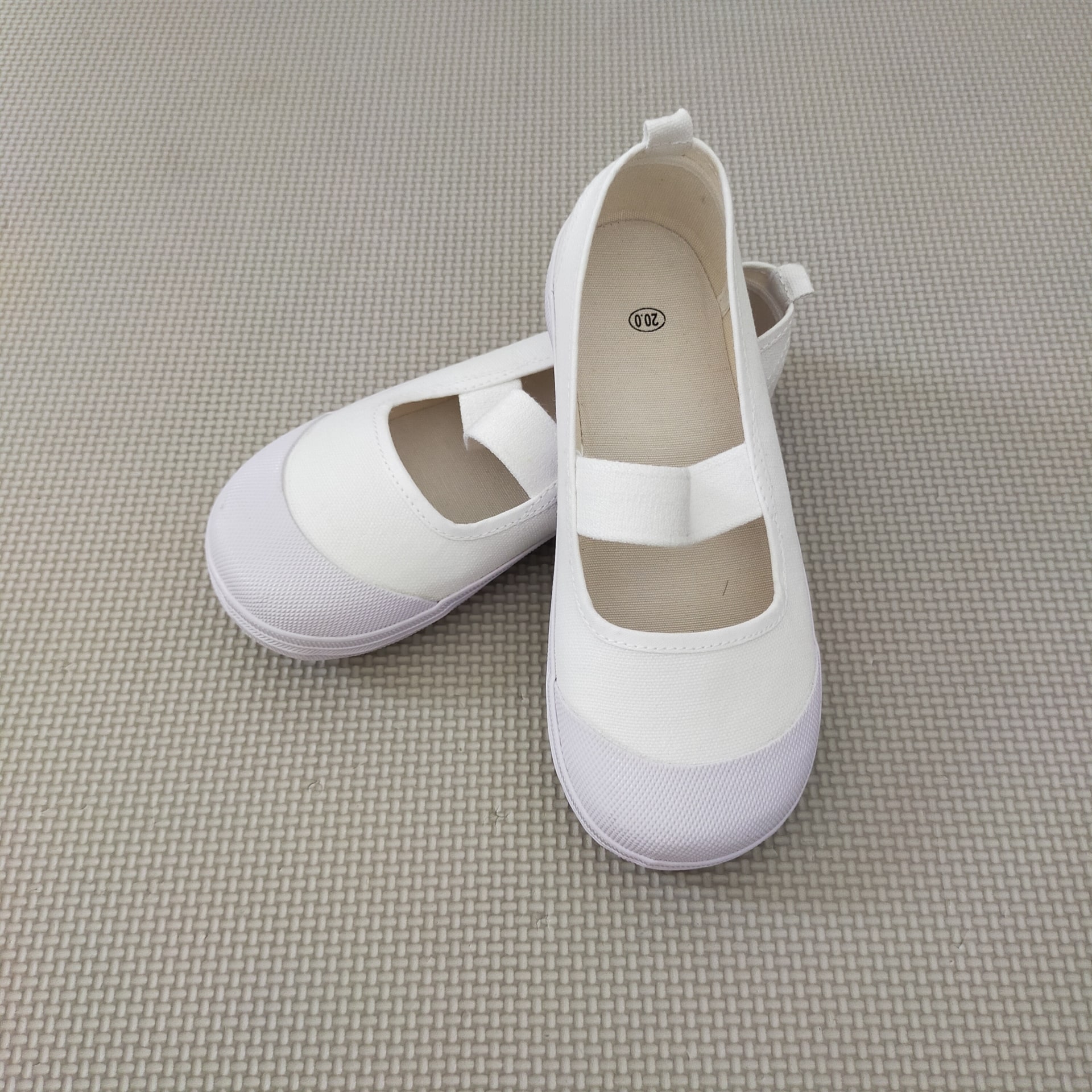
Middle school students start their day around 8:45 am while high school students may begin earlier around 8:30 am. One thing all Japanese students have in common: as soon as they arrive, they go to their lockers to change out of street shoes into school shoes. The school day is divided into 6 periods, each lasting 45-50 minutes. Before the first period officially begins, students are often assigned tasks, such as taking attendance, passing out papers, or gathering homework. This is different from most western schools, where the teachers usually assume sole responsibility for these tasks.
What Lunchtime Looks Like in a Japanese School
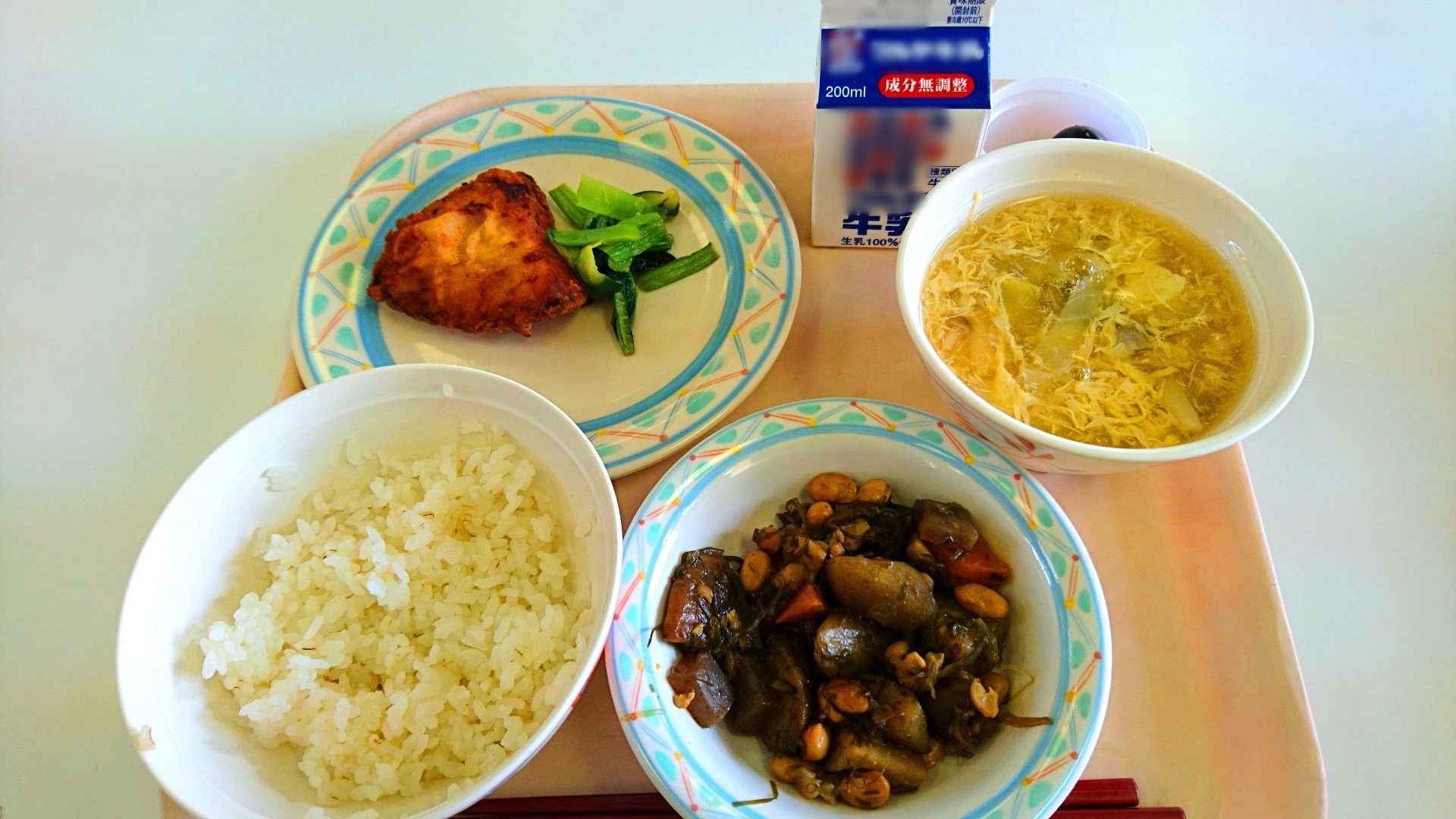
Middle schools often provide lunch to their students. The lunches are well-balanced and contain a protein in the form of meat or fish, plenty of vegetables, rice, and miso soup. Typical entrees include curry, noodles, and grilled salmon. Each meal costs about 400 yen, or less than $5 USD, and is served by the students themselves in their classroom. Each class assigns a group of students to be in charge of serving the food to their classmates and collecting the used dishes. This, as with so many aspects of Japanese education, is designed as an exercise in teamwork and collaboration. In high school, it is more common for students to bring their own bentos from home and eat in the classroom.
Wrapping up the Day at School

Gakkou Soji, or school cleaning, is a unique part of the Japanese school day. Before students leave, they clean their school. Unlike western schools, most Japanese schools have their students rather than hired janitors clean all areas, including classrooms, toilets, hallways, windows, stairwells, etc. This is an important part of Japanese education. It teaches students to take responsibility for maintaining a shared space, a core value that is central to Japanese culture. This practice makes for responsible citizens and is one of the reasons why public spaces in Japan are so clean. Having a clean classroom is also considered good for the mind and for learning.
Homework
Starting from elementary school, Japanese students receive homework every day. By middle school, kids will typically spend about an hour each day on homework, and by high school, it will be one to two hours, though of course, this varies. Basic knowledge of kanji means knowledge of over 2,000 kanji characters, and students must master the different readings of each character as well as the correct stroke order. So kanji homework alone takes up quite a bit of time.
In addition, many if not most students attend juku, or cram school, in the evenings or weekends for extra studying. Juku are meant to give students a boost in the years leading up to high school or university entrance examinations. On Saturdays, too, many students attend school. The Saturday school day was officially eliminated 20 years ago, but today, it continues in the form of extracurriculars or optional classes.
The Academic Year and School Holidays
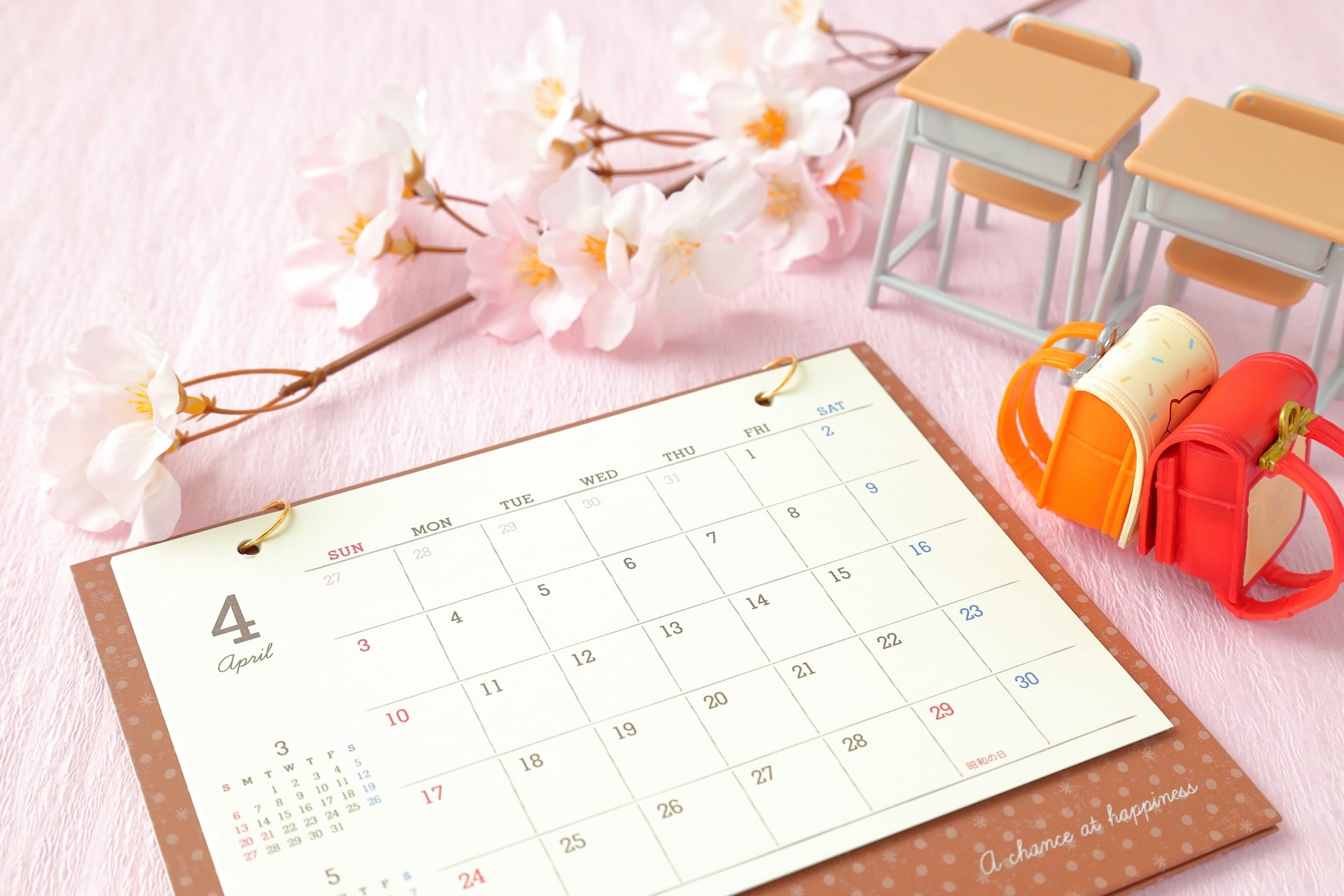
Unlike the semester system common in American schools, the Japanese school year is divided into three terms. The academic year begins in April and the first term runs from April to July. The second term begins in September and ends in December, and the last term is from January to March. You might notice that there is quite a long summer gap between the first and second terms. Japanese students also enjoy a “summer break” though the differences are: 1) at 5-6 weeks long, it is much shorter than the 10-11 weeks long American summer holiday, and 2) students return to the same academic year after summer. Japanese schools also have a short winter break in December and another spring break from the end of March to the beginning of April. This last spring break marks the end of the academic year, as students return to a new year again in April.
In a departure from the American system, students receive homework over both summer and winter breaks, the two longest. This may take the form of worksheet exercises or an independent project. On the one hand, adds to the infamously large workload of the Japanese student. On the other hand, however, shorter breaks and holiday assignments may help stem the skill gap that widens between students of disparate backgrounds during school breaks.
How Unique is the Japanese Education System?
One of the ways Japanese schools stand out from their western counterparts is their strict rules. These rules regulate fingernail length, hair length, and hairstyle among other things. Make-up and dyed hair are forbidden. Enforcement is so strict that it is not unusual for a teacher to give an offending student black hair dye with which to remedy the offense. These rules noticeably affect girls more.
Japanese high schools are ranked, so there is immense pressure starting as early as the primary years to advance to a good middle school, a high-ranking high school, and eventually a prestigious university. While the Japanese system is more explicit with its ranking systems, it is not so different from America, where “feeder schools” also feed the brightest (or in many cases the wealthiest) into prestigious Ivy Leagues or Ivy League equivalents.
▽Subscribe to our free news magazine!▽
How different or similar is the Japanese school day from what you know? Some things might be the same, but my guess is that Japanese middle schoolers and high schoolers have a pretty different experience from their western counterparts. If you would like to read more about life in Japan, check out the following articles for more info.
▽Related Articles▽
▼Editor’s Picks▼
Written by





